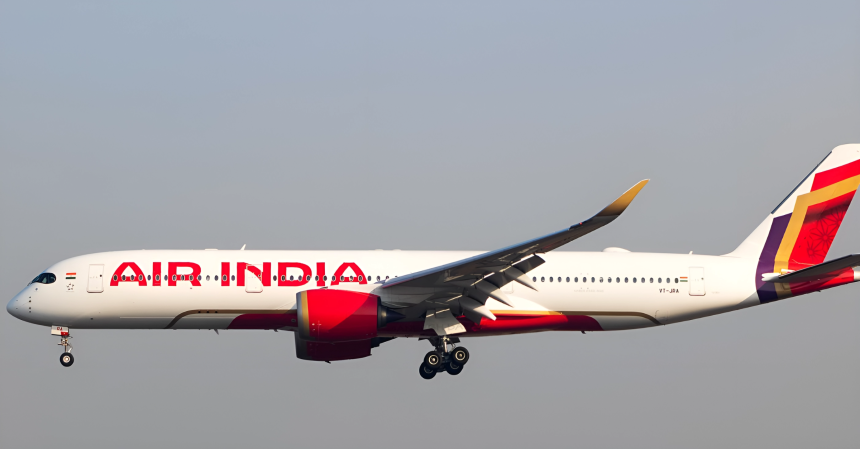What Happened
On 12 June 2025, Air India Flight 171, a Boeing 787-8 Dreamliner, crashed shortly after takeoff from Ahmedabad, India, bound for London. The crash claimed 260 lives: 229 passengers, 12 crew members, and 19 people on the ground. One passenger survived.
The Lawsuit
Families of four passengers who died in the crash have filed a lawsuit in Delaware Superior Court against Boeing (which made the aircraft) and Honeywell (manufacturer of certain cockpit fuel cutoff switches). They allege that faulty design and installation of these fuel switches led to the crash.
The complaint claims that:
- The fuel cutoff switches were positioned too close to the thrust levers in the cockpit, making them vulnerable to being inadvertently moved during normal flight operations.
- A 2018 advisory from the U.S. Federal Aviation Administration (FAA) had warned of potential risk: mechanical disengagement of the locking mechanism on these switches. However, compliance with this advisory was not mandated.
- According to the families’ suit, Air India had not followed that FAA advisory. Though maintenance records show that the throttle control module (containing the switches) was replaced in 2019 and 2023, the plaintiffs say the issue of switch locking remained unaddressed.
What Investigations Say
India’s Aircraft Accident Investigation Bureau (AAIB) released a preliminary report showing that:
- The fuel control switches moved from RUN to CUTOFF mode seconds after takeoff, leading to both engines losing thrust.
- All required airworthiness directives and alert service bulletins—relevant to the aircraft and engines—were complied with.
- However, the advisory (FAA’s) about inspecting the locking mechanism was not followed in this instance, per maintenance documentation.
What the Lawsuit Seeks & Significance
The Delaware lawsuit seeks unspecified damages for the deaths of the four named passengers (from India and the UK) and contends that Boeing and Honeywell were negligent both in design and in failing to warn properly.
It is reportedly the first U.S. lawsuit filed over this crash. Legal experts note that suing manufacturers in U.S. courts is sometimes preferred by plaintiffs because those courts may allow greater compensation than in other jurisdictions.
Challenges & Unresolved Issues
- Some aviation safety experts argue that although the switches were implicated, their design and placement make accidental activation unlikely.
- The full cause of switch movement (why they shifted from RUN to CUTOFF) remains under investigation. The AAIB has not yet assigned definitive blame.










